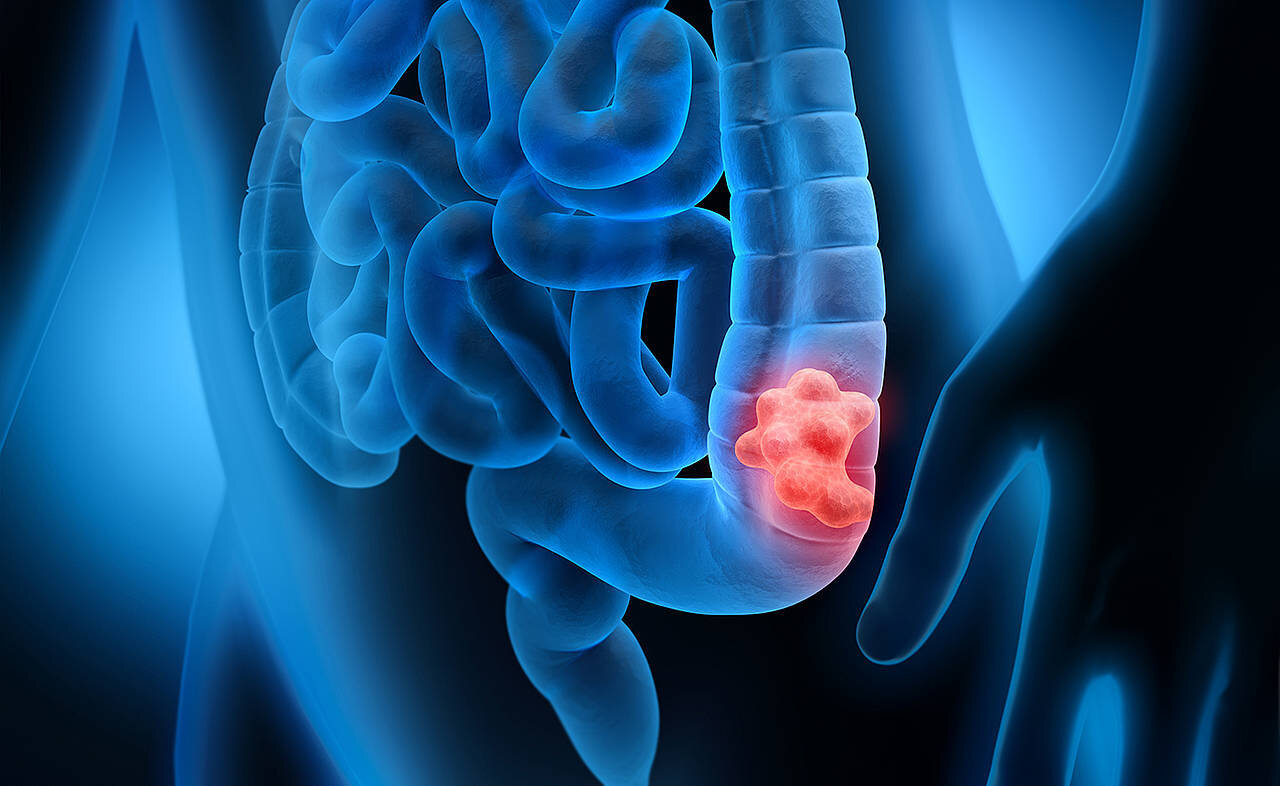Categories
- Bariatric Surgery (11)
- Black Fungus (5)
- Bone Marrow transplant (3)
- Brain Tumor Surgery Navigation Technology (20)
- Cardiac Surgery (66)
- Cardiology (97)
- Computer navigation technology for joint replacements (20)
- Covid Vaccination (17)
- Critical Care (2)
- Dental (19)
- Dermatology (31)
- Dialysis Support Group - “UTSAAH” (11)
- Dietitian (33)
- Emergency Medicine (4)
- Emotional Health (11)
- Endocrinology (33)
- ENT (20)
- Gastroenterology and GI Surgery (53)
- General and Laparoscopic Surgery (21)
- General Surgery (4)
- Gynecology & Obstetrics (183)
- Hematology (20)
- Internal Medicine (294)
- Kidney Transplant (50)
- Kidney Transplantation (20)
- Lung Cancer (8)
- Minimal Invasive Surgery (1)
- Mother & Child (20)
- mucormycosis (5)
- Nephrology (61)
- Neurology (147)
- Neurosurgery (68)
- Nutrition and Dietetics (107)
- Omicron Variant (1)
- Oncology (288)
- Ophthalmology (10)
- Orthopaedics & Joint Replacement (86)
- Paediatrics (59)
- Pediatric Nephrology (3)
- Physiotherapy (5)
- Plastic & Reconstructive Surgery (6)
- Psychiatry and Psychology (90)
- Psychologist (28)
- Pulmonology (72)
- Rheumatology (13)
- Spine Services (21)
- Transradial Angioplasty (16)
- Urology (84)
Query Form
Posted on Apr 19, 2022
Types of Anal Cancer
Anal Cancer can be defined as progressive cancer associated with malignant cancer cells that can affect the anus or the rectum. If you are infected with Human Papillomavirus (HPV), the same increases your risk of developing anal cancers. The basic signs and symptoms of anal cancer include bleeding from the anus or the rectum or the development of a lump near the anus.

??
Anal cancers are divided into 2 groups, which are sometimes treated differently:
- Cancers of the anal canal (above the anal verge)
- Cancers of the anal margin (below the anal verge)
Types of anal cancers:
· Carcinoma in situ
Sometimes abnormal cells on the inner surface layer of the anus look like cancer cells but have not grown into any of the deeper layers. This is known as carcinoma in situ or CIS. Another name for this is Bowen disease.
· Squamous cell cancer:
This is the most common type. About 8 out of 10 anal cancers (80%) are squamous cell cancers. They are also called epidermoid cancers. This type of anal cancer starts in squamous cells which make up the lining of the anal canal.
Types of Squamous Cell Cancers:
- Large cell keratinizing which start in the lower part of the anus – the cancer cells contain keratin (the protein in your hair and nails)
- Large cell nonkeratinizing which start in the transitional zone of the anal canal – this is where the anal canal meets the rectum
- Basaloid
Many anal cancers have a mix of these cell types. Doctors treat all these squamous cell types of anal cancer in the same way.
Adenocarcinomas
An estimated 15% of anal cancers are called adenocarcinoma. These affect glands in the anal area and one type of adenocarcinoma that can occur in the anal area, known as Paget’s disease, can also affect the vulva, breasts, and other areas of the body. Anal adenocarcinomas are usually treated in the same way as rectal cancer.
Basal cell carcinoma
This is a type of skin cancer that develops in the area around the anus. It is usually treated in the same way as other basal cell skin cancers.
Melanoma
This is another type of skin cancer. It starts in skin cells called melanocytes. Doctors treat this type of anal cancer in the same way as melanomas.



